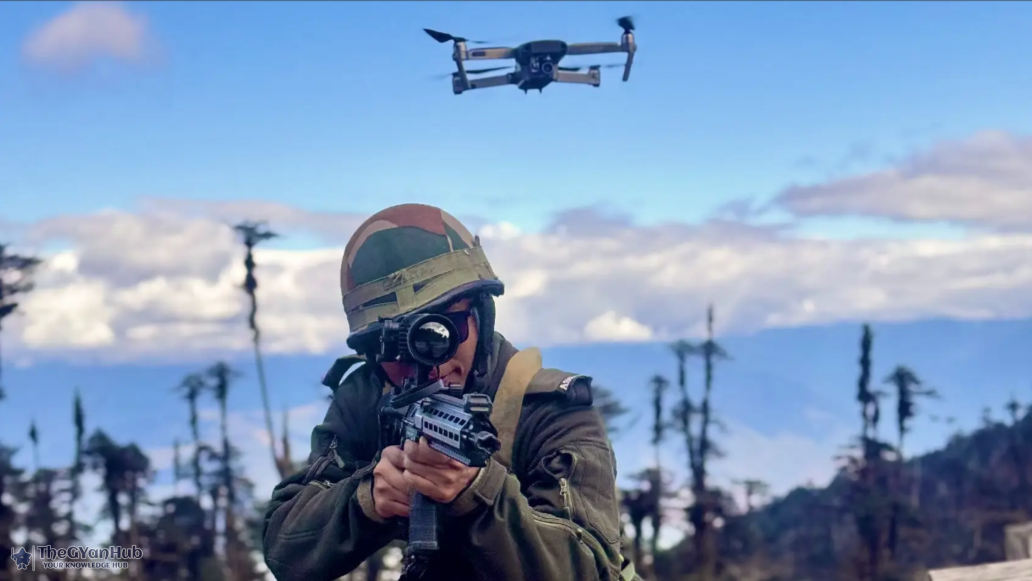I’m a passionate writer who loves exploring ideas, sharing stories, and connecting with readers through meaningful content.I’m dedicated to sharing insights and stories that make readers think, feel, and discover something new.
The Dawn of Drone Technology in Military Exercises
In a groundbreaking move, Exercise Siyom Prahar has introduced the integration of drone technology into tactical operations, setting a new precedent for military exercises in Northeast India. This exercise, which took place in the challenging terrains of the region, highlighted the strategic advantages of using drones in modern warfare.

The use of drones in military operations is not entirely new, but Exercise Siyom Prahar has taken it to a new level by incorporating them into every aspect of the exercise. This integration aims to enhance surveillance, reconnaissance, and operational efficiency, providing a significant edge over traditional methods.
Strategic Advantages of Drone Integration
Drones offer numerous advantages in tactical operations. They provide real-time data and high-resolution imagery, which are crucial for making informed decisions on the battlefield. Their ability to access remote and difficult terrains without risking human lives is invaluable, especially in the diverse landscapes of Northeast India.
Moreover, drones can be equipped with various sensors and payloads, making them versatile tools for intelligence gathering, target acquisition, and even delivering supplies to troops in isolated areas. This flexibility was a key focus during Exercise Siyom Prahar, demonstrating how drones can be adapted to various mission requirements.
Enhancing Surveillance and Reconnaissance
One of the primary roles of drones in Exercise Siyom Prahar was to enhance surveillance and reconnaissance capabilities. By providing a bird's-eye view of the battlefield, drones enabled commanders to monitor troop movements, identify potential threats, and plan tactical maneuvers with greater precision.

This capability is particularly beneficial in the dense forests and mountainous regions of Northeast India, where visibility is often limited. The use of drones in these environments allows for continuous monitoring without the need for ground patrols, reducing the risk to personnel.
Challenges and Future Prospects
While the integration of drones in Exercise Siyom Prahar has been largely successful, it is not without challenges. Issues such as limited battery life, vulnerability to electronic warfare, and the need for skilled operators are some of the hurdles that need to be addressed.
However, the potential benefits far outweigh these challenges. As technology continues to evolve, drones are expected to become even more integral to military operations. Future exercises will likely see the development of more advanced drones with enhanced capabilities, further revolutionizing tactical operations.
Exercise Siyom Prahar has set a benchmark for future military exercises, showcasing the transformative power of drone technology. As the Indian military continues to innovate, the lessons learned from this exercise will undoubtedly shape the future of tactical operations in the region.
Further Reading
Related articles in this category
Exercise Siyom Prahardrone technologytactical operationsNortheast Indiamilitary exercisessurveillancereconnaissancemilitary innovation









